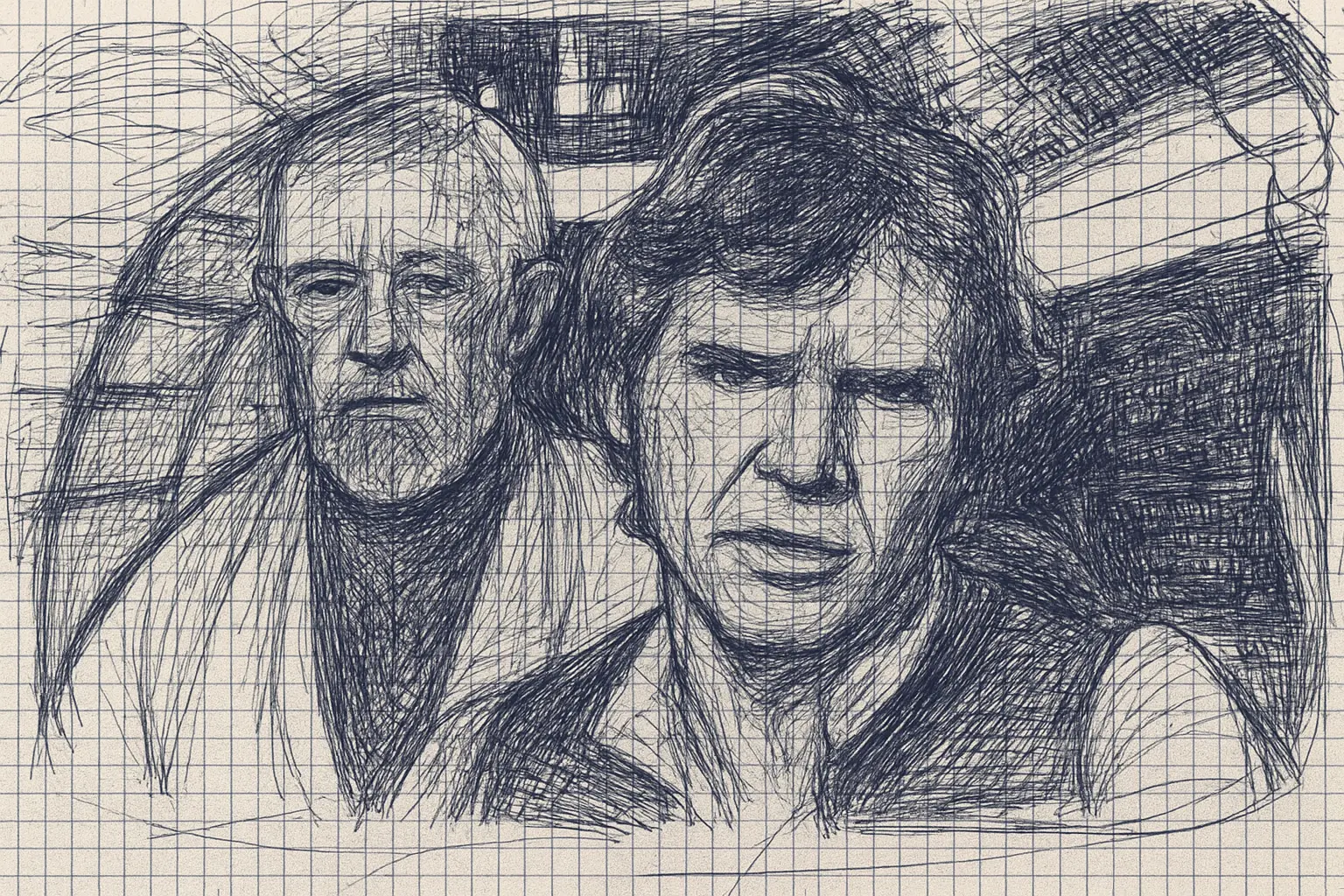Buzz Aldrin’s “New Moon” Turns Out to Be Earth’s Tiny Celestial Tagalong
When Buzz Aldrin — yes, that Buzz Aldrin — took to X to declare that Earth had an official new moon, space enthusiasts perked up worldwide. After all, when one of humanity’s original moonwalkers speaks, you tend to assume he knows his moons.
For a brief, delightful moment, social media lit up with cosmic wonder. Had Earth somehow acquired a second lunar companion? Were we now a double-moon planet, like some desert world from Star Wars?
Cue the Obi-Wan Kenobi voice: “That’s no moon…”
Because, in this case, Aldrin’s “new moon” isn’t a moon at all. It’s an asteroid — a small, unassuming rock named 2025 PN7 — and it’s performing one of the most elegant orbital illusions in our solar system.
The Only Real Moon Still Reigns Supreme
Earth’s one true moon remains the same glorious, 3,474-kilometer-wide chunk of rock that has inspired poets, tides, and werewolves for millennia. It orbits Earth directly, bound by gravity in a cosmic pas de deux that’s as old as our planet’s youth.
By contrast, 2025 PN7 — our so-called “new moon” — is barely a cosmic pebble. Astronomers estimate it to be between 18 and 36 meters across, about the size of a fire truck. You wouldn’t even notice it with the naked eye, unless your eyesight rivals the James Webb Space Telescope.
Quasi-Moon: The Illusion of Orbit
Here’s where things get deliciously confusing. 2025 PN7 isn’t actually orbiting Earth. It looks like it is, but that’s only because of the peculiar geometry of its motion relative to ours.
In truth, it orbits the Sun, following a path so similar to Earth’s that it appears to loop and dance around us. From our vantage point, it seems to circle the planet in lazy loops — a gravitational choreography that makes it a quasi-satellite, or more romantically, a “companion” of Earth.
Think of it like this: Earth is running a marathon around the Sun, and 2025 PN7 is jogging in a nearly identical lane, slightly ahead or behind, sometimes weaving in and out. To onlookers from above, it looks like the two are chasing each other. But in truth, both are just obediently circling the Sun in sync.
A Decades-Long Dance
Astronomers have traced 2025 PN7’s peculiar orbital waltz and found that it’s been keeping us company for several decades already — and will likely continue to do so until about 2083. After that, the Sun’s gravity will finally tug it out of sync, and our little rock friend will drift off into the void, perhaps to flirt with Venus or Mars next.
So yes, Earth temporarily has a second “moon,” but it’s more like a cosmic colleague who occasionally shares our orbit — a friendly hitchhiker on the solar freeway.
The Arjuna Asteroids: Earth’s Subtle Shadows
2025 PN7 is part of the Arjuna group — a fascinating family of asteroids whose orbits closely mimic Earth’s. They are the celestial introverts of the near-Earth population: hard to spot, faint, slow-moving, and frustratingly shy. Because their orbits are so similar to ours, they rarely stray far enough to reflect much sunlight back toward telescopes.
But when one does make its presence known, astronomers take notice. Quasi-moons like 2025 PN7 are scientifically valuable, offering insights into orbital dynamics, planetary resonance, and long-term gravitational stability — not to mention potential targets for low-energy space missions.
Not Our First Rodeo
This isn’t Earth’s first fling with a quasi-moon. Others have drifted into our orbital neighborhood over the years:
- Kamoʻoalewa (2016 HO3) — Discovered in 2016, this small rock, about 40–100 meters wide, has been in a similar quasi-orbit for centuries.
- 2020 CD3 — A brief visitor between 2018 and 2020 that actually was temporarily captured by Earth’s gravity before floating away again.
- 3753 Cruithne — The classic case, discovered in 1986, often dubbed “Earth’s second moon,” following a looping horseshoe orbit relative to our planet.
Each of these cosmic encounters is temporary, a gravitational flirtation rather than a committed relationship. Earth, it seems, is a serial monogamist when it comes to moons.
Buzz Aldrin’s Post: Science Meets Poetry
So why did Buzz Aldrin call it a “new moon”? Because sometimes, even the most hard-nosed engineers among us can’t resist a bit of poetry. The term “moon” evokes wonder, mythology, and romance — and in this case, it captures the charm of an object that seems to orbit Earth, even if the physics insists otherwise.
And let’s face it: “Earth gains quasi-satellite 2025 PN7” doesn’t exactly light up social media feeds. “Earth has a new moon”? That’s the kind of headline that makes people look up at the sky.
Should We Be Worried?
Not at all. 2025 PN7 is a harmless neighbor. It poses no threat of impact, and its orbit doesn’t cross Earth’s in a dangerous way. Its leisurely path is well mapped, and NASA’s Jet Propulsion Laboratory confirms that it will remain safely distant.
In fact, this little rock’s stability makes it interesting for possible future missions. A spacecraft rendezvous with a quasi-moon could teach us much about orbital mechanics and low-energy transfers — not to mention provide a new vantage point for observing Earth from nearby space.
A Moon by Any Other Name
Calling 2025 PN7 a “moon” may not be technically correct, but it’s hard to resist the metaphor. It’s a reminder that space isn’t static; even familiar orbits are alive with subtle motion. Around our planet, unseen companions drift and whirl in gravitational resonance, tracing patterns that only celestial mechanics could choreograph.
The next time you look up at the night sky and see the Moon’s soft glow, imagine this—somewhere out there, much smaller, dimmer, and out of sight, a humble asteroid is quietly traveling alongside Earth in its orbit around the Sun. Not quite a moon, but definitely a companion on the journey.

